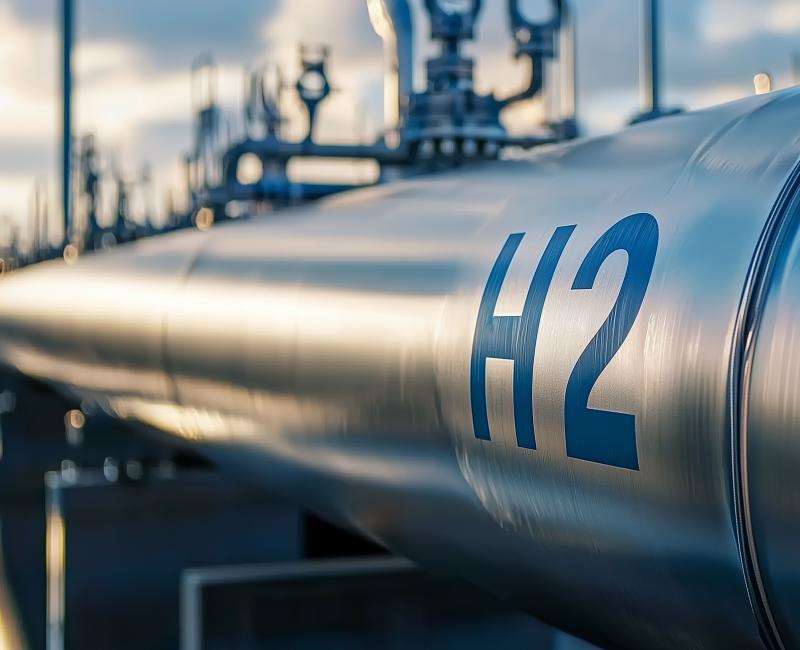ACER will decide on the electricity market coupling integration plan for the Energy Community

ACER will decide on the electricity market coupling integration plan for the Energy Community
What is it about?
On 31 January 2025, ACER received a proposal from the Nominated Electricity Market Operators (NEMOs) for the Market Coupling Operation (MCO) integration plan.
What is the MCO integration plan?
The MCO integration plan aims to integrate NEMOs from Energy Community countries into the EU’s electricity day-ahead and intraday market coupling system. To achieve this, the plan should include:
- a detailed explanation of how the integration will work;
- a proposed timeline for implementation; and
- an assessment of how the integration may impact MCO functions.
The plan should also align with the existing MCO framework, which defines how EU NEMOs collaborate to establish and perform MCO functions (e.g. market coupling operations, algorithm management, capacity data processing), needed to ensure that electricity markets across countries operate efficiently.
Why is a decision needed?
The Capacity Allocation and Congestion Management Regulation, as adapted and adopted for the Energy Community, requires all NEMOs to submit a proposal for the MCO integration plan to ACER, regulatory authorities and the Energy Community Regulatory Board.
ACER is responsible for reviewing and approving the plan, ensuring it aligns with the EU electricity market framework.
What are the next steps?
ACER expects to decide on the MCO integration plan by July 2025. Update from 19 June 2025: This ACER Decision is delayed until further notice.
Contact information
Interested parties may contact ACER on this matter at ACER-ELE-2025-001@acer.europa.eu by 31 March 2025 at the latest.









